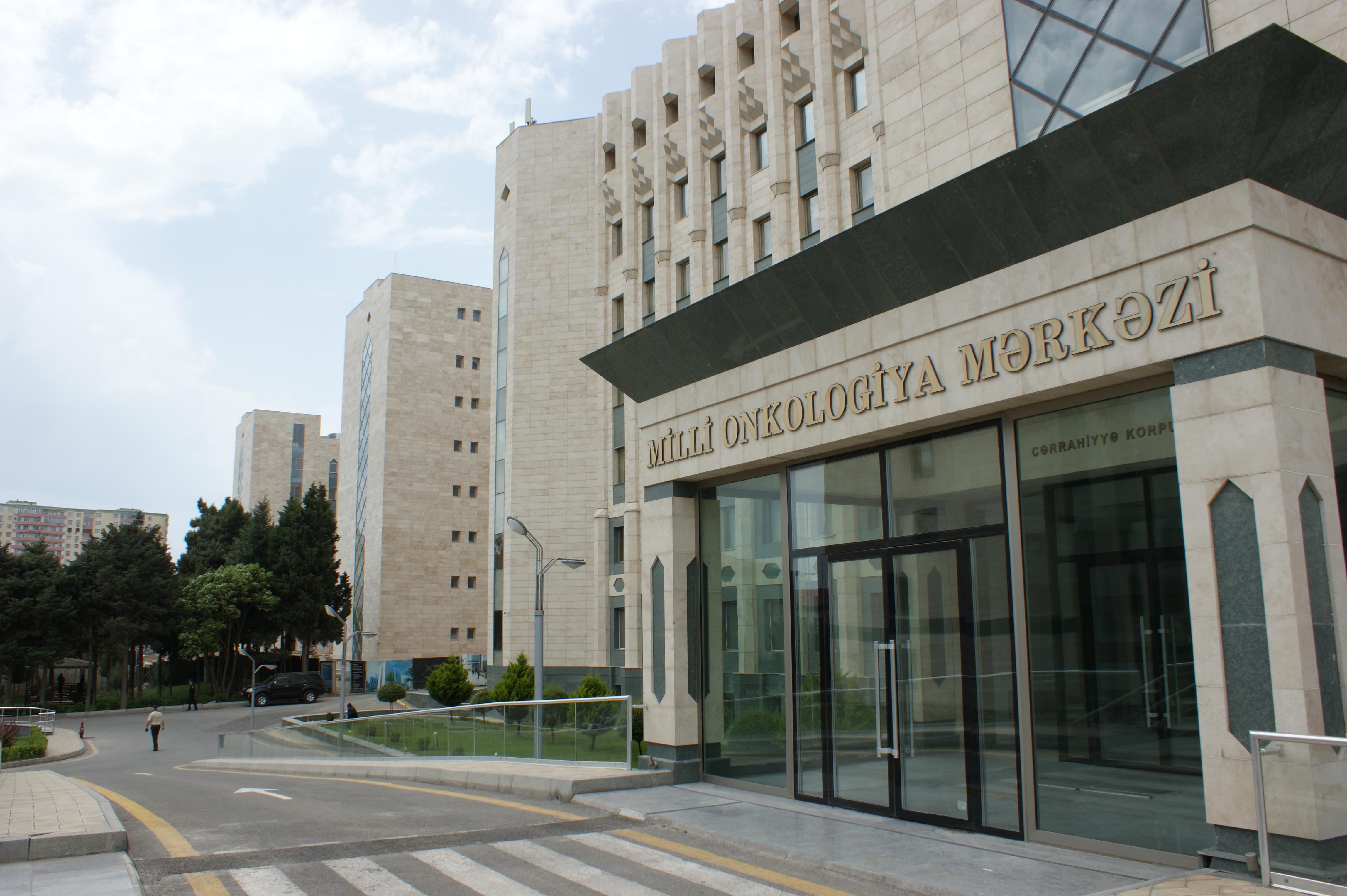Significant results have been achieved in the treatment of lung cancer



The National Center of Oncology (NCO) of the Ministry of Health of Azerbaijan Republic and the Institute of Biophysics of ANAS conduct joint fundamental and clinical research on lung cancer. As a result of successful research, a joint with NCO Molecular and Cell Oncology Laboratory was established at the Institute of Biophysics. The research is being conducted on both non-invasive diagnosis of lung cancer and the detection of important factors that differentiate healthy human cells from the lung cancer cells.
Fourier transform infrared (FTIR) diagnostic spectral analysiswas performed for more than 80 samples of venous blood plasma (healthy and patients with lung cancer). A "healthy - lung cancer" model was created by determining the principal components of the spectra of the group divided into two classes using multivariate statistics. After the model was tested and optimized, it was used as a database in an artificial intelligence machine, and "test" samples were classified. The accuracy of the classification is 80-90% (according tothe various statistical methods), which can be assessed as a very good initial result. The results have already been sent for publication. For the large-scale application of the diagnosis (classification) of lung cancer, it is necessary to increase its accuracy. For that reason, it is necessary to further expand the database, and work is underway in this direction. This method is very important for large-scale screening of the population of the risk age group, as it is minimally invasive, quick and inexpensive.
Other studies conducted by the NCO and the Institute of Biophysics on lung cancer for more than two years have been focused on increasing the effectiveness of the treatment of the disease. To this end, research is to select the most appropriate protocol used in the treatment of lung cancer for each individual and to determine the optimal conditions for the most effective use of the drugs of the protocols. In this case, differences in the physicochemical features of healthy and lung cancer cell membranes are being determined and it is used to the maximum for therapeutic purposes. At present, as a result of work in this direction, several important achievements have been made for the clinical application.
First of all, it should be noted that the differences in the dynamics of cell membranes of healthy and lung cancer tissues, the diversity of incorporation of different molecules into these membranes, as well as the impact of environmental factors on these systems have been thoroughly studied. Today, we can monitor the effect kinetics of currently used drugs in the lung samples taken from patients and determine the conditions for more effective destruction of cancer cells. Preliminary results show that some of the drugs widely used today enter the lung cells by active transport. As a result, cells with higher metabolism absorb the drug faster and are destroyed. On the other hand, low-metabolism lung cancer cells absorb drug molecules very poorly, and their effect is weak. Therefore, the effect of the same drug on patients with even the same type of lung cancer may be different.
Once again, joint research shows that the principles of individualized therapy should be applied in oncology in order to effectively fight cancer. There is no doubt that the clinical application of the important results we have obtained will be very useful. For that reason, it is very important to develop modern cell technologies based on the Institute of Biophysics for the joint use of NCO and the Institute of Biophysics. The program for the developmentof cell technologies at the Institute of Biophysics has already been submitted to the Presidium of ANAS.
We hope that the Presidium of ANAS will support us in this work and we will report to the public on the work done.
Academic Jamil A. Aliyev,
Director-General of the National Center of Oncology of the Ministry of Health of Azerbaijan Republic
Oktay K. Gasımov,
Corresponding member of ANAS,
Director of the Institute of Biophysics of ANAS

